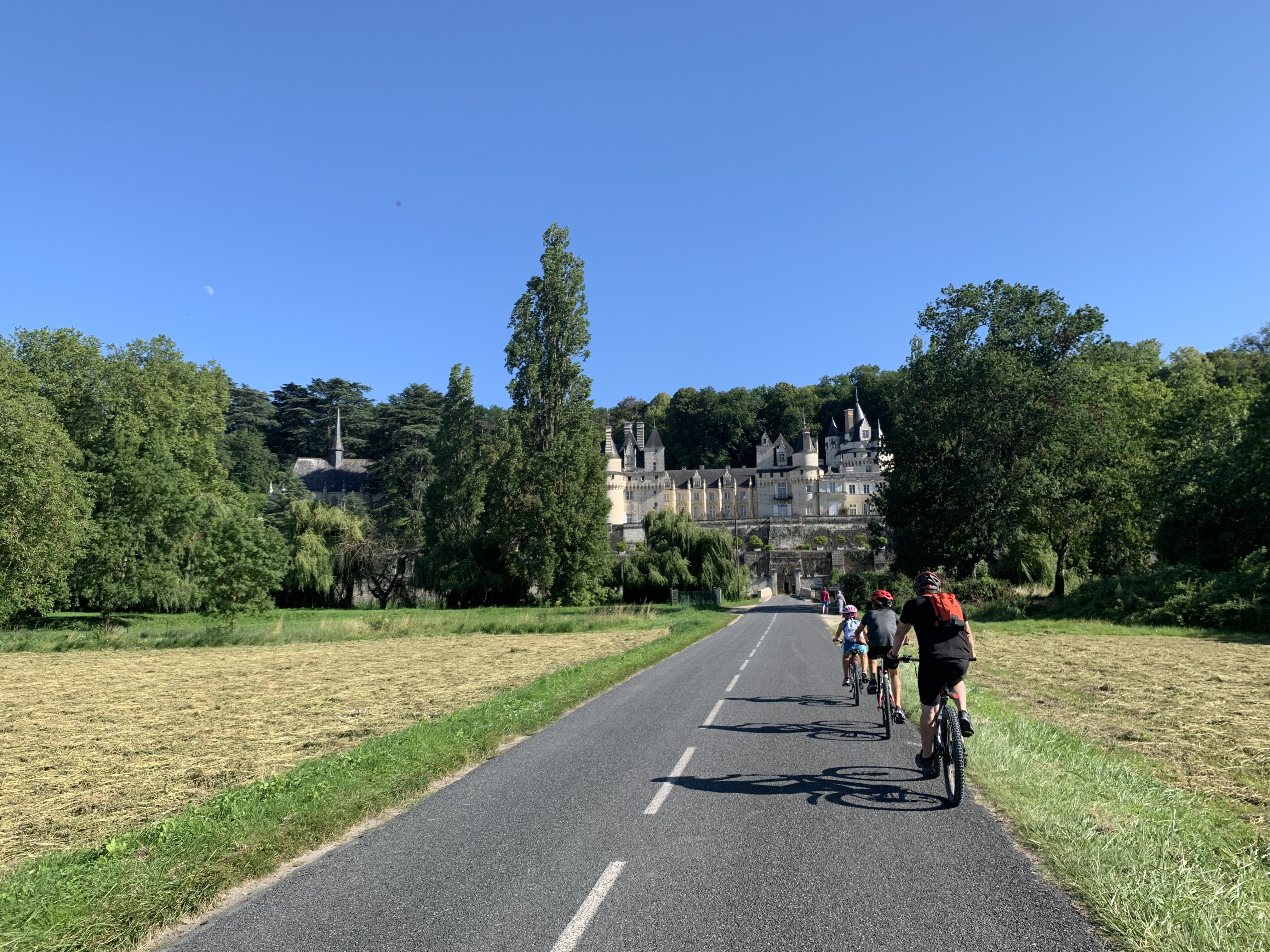La Belle au bois dormant

Bréhémont
La Belle au bois dormant
Easy
1h
0m
+0m
0m
Loop
Embed this item to access it offline
Description
1. Le château d'Ussé
At the edge of the mysterious Chinon forest, its high white silhouette dominating the Indre Valley, Ussé, the castle in Sleeping Beauty which inspired Perrault’s famous story, is the symbol of the medieval castle. The terraced gardens were designed by Le Nôtre, creator of the gardens at Versailles.
2. Le village de Rigny-Ussé
To link the Castle and the town centre, a 1km heritage interpretation trail leads through the village. A nature trail also leaves from the Château, in a bucolic setting by the water. You can also discover the «Bardeaux de l’Indre» sensitive natural area.
3. L'église Notre Dame de Rigny
Built in the 12th century, the church has a single nave with three rows of rib vaulting. An opening in the middle of the transept leads to a cavity with a flowing spring. Closed in 1860, the church is gradually being renovated thanks to the efforts of a local association which also offers tours and concerts in summer.
4. La Loire
Europe’s last untamed river, the Loire has always fascinated. For a picnic or a break, you will be in front of a unique landscape listed as World Heritage by UNESCO.
5. L'oratoire Notre-Dame-Des-Eaux
This little monument, just past the Pont Neuf, was built just after the flood in 1846. The niche houses a modern plaster Virgin. On one side, two flood level marks have been cut into the tufa stone.
At the edge of the mysterious Chinon forest, its high white silhouette dominating the Indre Valley, Ussé, the castle in Sleeping Beauty which inspired Perrault’s famous story, is the symbol of the medieval castle. The terraced gardens were designed by Le Nôtre, creator of the gardens at Versailles.
2. Le village de Rigny-Ussé
To link the Castle and the town centre, a 1km heritage interpretation trail leads through the village. A nature trail also leaves from the Château, in a bucolic setting by the water. You can also discover the «Bardeaux de l’Indre» sensitive natural area.
3. L'église Notre Dame de Rigny
Built in the 12th century, the church has a single nave with three rows of rib vaulting. An opening in the middle of the transept leads to a cavity with a flowing spring. Closed in 1860, the church is gradually being renovated thanks to the efforts of a local association which also offers tours and concerts in summer.
4. La Loire
Europe’s last untamed river, the Loire has always fascinated. For a picnic or a break, you will be in front of a unique landscape listed as World Heritage by UNESCO.
5. L'oratoire Notre-Dame-Des-Eaux
This little monument, just past the Pont Neuf, was built just after the flood in 1846. The niche houses a modern plaster Virgin. On one side, two flood level marks have been cut into the tufa stone.
- Departure : Ussé Castle parking
- Arrival : Ussé Castle parking
- Towns crossed : Bréhémont
Forecast
Information desks
4 Rue du Château, 37190 Azay-le-Rideau
Report a problem or an error
If you have found an error on this page or if you have noticed any problems during your hike, please report them to us here: